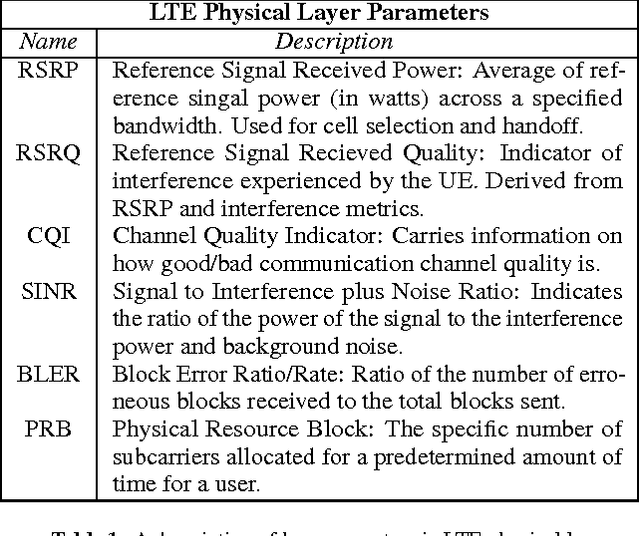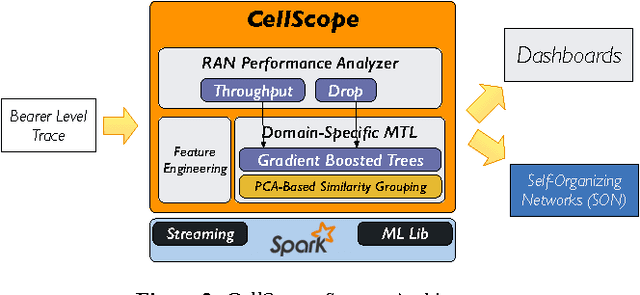Fast and Accurate Performance Analysis of LTE Radio Access Networks
Paper and Code
May 17, 2016



An increasing amount of analytics is performed on data that is procured in a real-time fashion to make real-time decisions. Such tasks include simple reporting on streams to sophisticated model building. However, the practicality of such analyses are impeded in several domains because they are faced with a fundamental trade-off between data collection latency and analysis accuracy. In this paper, we study this trade-off in the context of a specific domain, Cellular Radio Access Networks (RAN). Our choice of this domain is influenced by its commonalities with several other domains that produce real-time data, our access to a large live dataset, and their real-time nature and dimensionality which makes it a natural fit for a popular analysis technique, machine learning (ML). We find that the latency accuracy trade-off can be resolved using two broad, general techniques: intelligent data grouping and task formulations that leverage domain characteristics. Based on this, we present CellScope, a system that addresses this challenge by applying a domain specific formulation and application of Multi-task Learning (MTL) to RAN performance analysis. It achieves this goal using three techniques: feature engineering to transform raw data into effective features, a PCA inspired similarity metric to group data from geographically nearby base stations sharing performance commonalities, and a hybrid online-offline model for efficient model updates. Our evaluation of CellScope shows that its accuracy improvements over direct application of ML range from 2.5x to 4.4x while reducing the model update overhead by up to 4.8x. We have also used CellScope to analyze a live LTE consisting of over 2 million subscribers for a period of over 10 months, where it uncovered several problems and insights, some of them previously unknown.
 Add to Chrome
Add to Chrome Add to Firefox
Add to Firefox Add to Edge
Add to Edge